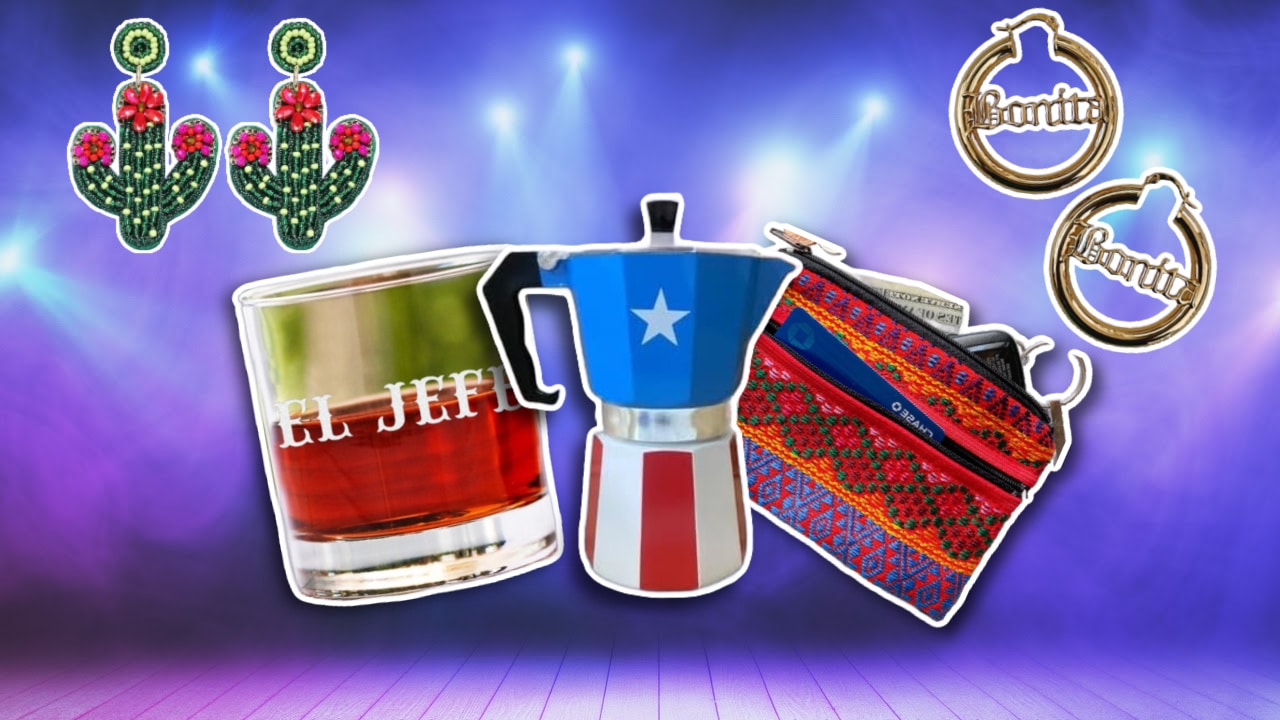Does Anybody Really Know What’s Supposed To Happen After You Get The Baby Jesus Figurine In La Rosca De Reyes?
Remember Día de Reyes when everyone cuts the rosca and hopes to god not to get the little niño Jesus? If you grew up Mexican, you probably know that if you get the baby in the rosca de reyes owes everyone tamales. But when is the tamal party? And most importantly—why? Keep reading to find out what El Día de la Candelaria means, what your abuelitas and tías are actually celebrating and how it originated —spoiler alert: it’s colonization.
February 2nd may be Groundhog Day in the United States, but in Mexico, and for many Latinos outside of Mexico, there is a completely different celebration on this date.
The religious holiday is known as Día de la Candelaria (or Candlemas in English). And on this day of the year, people get together with family and friends to eat tamales, as a continuation of the festivities of Three Kings’ Day on January 6.
This is why your abuelita dresses up her niño Jesús in extravagant outfits.
For Día de la Candelaria it’s customary for celebrants to dress up figures of the Christ Child in special outfits and take them to the church to be blessed. Día de la Candelaria is traditionally a religious and family celebration, but in some places, such as Tlacotalpan, in the state of Veracruz, it is a major fiesta with fairs and parades.
February 2nd is exactly forty days after Christmas and is celebrated by the Catholic church as the Feast of the Purification of the Virgin.
Alternatively, this day also counts as the Presentation of Jesus at the Temple. The origin of this religious feast day comes from ancient Jewish tradition. According to Jewish law, a woman was considered unclean for 40 days after giving birth, and it was customary to bring a baby to the temple after that period of time had passed. So the idea is that Mary and Joseph would have taken Jesus to the temple to be blessed on February second, forty days after his birth on December 25.
The tradition goes back to around the 11th Century in Europe.
People typically took candles to the church to be blessed as part of the celebration. This tradition was based on the biblical passage of Luke 2:22-39 which recounts how when Mary and Joseph took Jesus to the temple, a particularly devout man named Simeon embraced the child and prayed the Canticle of Simeon: “Now thou dost dismiss thy servant, O Lord, according to thy word in peace; Because my eyes have seen thy salvation, Which thou hast prepared before the face of all peoples: A light to the revelation of the Gentiles, and the glory of thy people Israel.” The reference to the light inspired the celebration of the blessing of the candles.
In Mexico Día de la Candelaria is a follow-up to the festivities of Three Kings Day on January 6th.
On Día De Reyes, when children receive gifts, families and friends gather together to eat Rosca de Reyes, a special sweet bread with figurines of a baby (representing the Child Jesus) hidden inside. The person (or people) who received the figurines on Three Kings Day are supposed to host the party on Candlemas Day. Tamales are the food of choice.
This tradition also carries Pre-Hispanic roots.
After the Spanish conquistadors introduced the Catholic religion and masked indigenous traditions with their own, to help spread evangelization, many villagers picked up the tradition of taking their corn to the church in order to get their crops blessed after planting their seeds for the new agricultural cycle that was starting. They did this on February 2, which was the eleventh day of the first month on the Aztec calendar —which coincidentally fell on the same day as the Candelaria celebration. It’s believed that this is why, to this day, the celebratory feast on February 2 is all corn-based —atole and tamales.
This date is special for other reasons too…
February 2, marks the halfway point between the winter solstice and the spring equinox, which aligns with the pagan holiday of Imbolc. Since ancient times, this date was thought to be a marker or predictor of the weather to come, which is why it is also celebrated as Groundhog Day in the United States. There was an old English saying that went “if Candlemas be fair and bright, Winter has another flight. If Candlemas brings clouds and rain, Winter will not come again.” In many places, this is traditionally seen as the best time to prepare the earth for spring planting.
In Perú the Fiesta de la Candelaria is a festival in honor of the Virgin of Candelaria, patron saint of the city of Puno and it is one of the biggest festivals of culture, music, and dancing in the country.
The huge festival brings together the Catholic faith and Andean religion in homage to the Virgin of Candelaria. The Virgin represents fertility and purity. She is the patron saint of the city and is strongly associated with the Andean deity of ‘Pachamama’ (‘mother earth’). It is this common factor of both religions that brings them together for the festival. In 2014, UNESCO declared the festival an Intangible Cultural Heritage of Humanity. The main dates of ‘Fiesta de la Candelaria’ are February 2nd – 12th.




